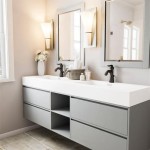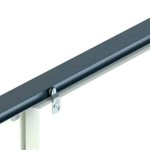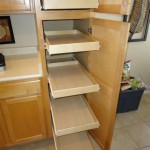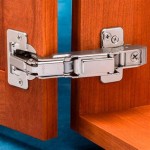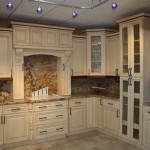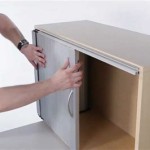Should Cabinet Pulls All Be the Same Size?
When embarking on a kitchen renovation or designing a new space, countless decisions arise, from countertop materials to cabinet styles. One often-overlooked aspect is the choice of cabinet pulls. While aesthetics play a significant role, a lesser-discussed factor is the consistency of pull sizes. This article explores the advantages and disadvantages of utilizing uniform cabinet pulls, providing insights to aid in informed decision-making.
Aesthetic Harmony and Visual Consistency
Employing cabinet pulls of identical dimensions fosters a sense of visual unity and coherence within the kitchen. This consistency creates a seamless flow and establishes a cohesive visual language. Uniformity in pull size can enhance the overall aesthetic appeal, particularly in kitchens where the cabinets are the focal point. The streamlined appearance minimizes visual clutter and allows other design elements to take center stage. This approach is particularly effective in contemporary kitchens where clean lines and minimalist aesthetics are highly valued.
Enhanced Functionality and Usability
Utilizing identical cabinet pulls can contribute to a more ergonomic and functional kitchen. Consistent pull size ensures a familiar grip across all cabinets, eliminating the need to adjust to varying handles. This uniformity promotes ease of use, particularly for individuals with limited mobility or dexterity. Additionally, the standardized size allows for consistent spacing between cabinet doors, preventing accidental bumping or overcrowding. By simplifying access to pantry and storage spaces, the kitchen becomes more user-friendly and efficient.
Customization and Flexibility
While uniformity offers benefits, a departure from standardized pull sizes can introduce individuality and cater to specific needs. Employing larger pulls on larger cabinets, such as base cabinets, allows for increased leverage, making it easier to open heavy doors. Conversely, smaller pulls on upper cabinets can provide a more delicate touch and enhance visual harmony. This approach allows for customization based on cabinet size, location, and intended use. For instance, a kitchen with a blend of traditional and modern elements may benefit from varied pull sizes to reflect this stylistic fusion.
Considerations for Choosing Cabinet Pulls
Beyond aesthetic and functional factors, practical considerations should guide the decision-making process. The size of the cabinet doors plays a crucial role in determining the appropriate pull size. Small cabinet doors may necessitate shorter pulls to prevent them from obstructing adjacent cabinets when opened. Larger cabinet doors, such as those on base cabinets, typically accommodate larger pulls for better leverage. The style and material of the cabinet pulls should complement the overall kitchen design aesthetic. For instance, minimalist pulls suit contemporary kitchens, while ornate pulls enhance the traditional aesthetic.
Conclusion
The choice of cabinet pull size ultimately depends on personal preferences and the overall design direction. While uniformity offers visual harmony and enhanced functionality, customization allows for individual expression and addresses practical concerns. Carefully considering the advantages and disadvantages of each approach enables informed decision-making that aligns with desired outcomes.

Hardware Guide
How To Choose The Best Size Pulls For Your Cabinets Trubuild Construction

How To Choose Hardware Pull Size For Your Cabinets

Comprehensive Guide To Cabinet Hardware Size Placement Handles More

The Right Length Cabinet Pulls For Doors And Drawers Porch Daydreamer
How To Choose The Best Size Pulls For Your Cabinets Trubuild Construction
Cabinet Hardware Sizing Guide The Knobbery Door Bath Accessories Faucets Furniture Knobs And Pulls

Comprehensive Guide To Cabinet Hardware Size Placement Handles More

Cabinet Pulls Diffe Sizes Or The Same Size With Multiples

The Right Length Cabinet Pulls For Doors And Drawers Porch Daydreamer
Related Posts

